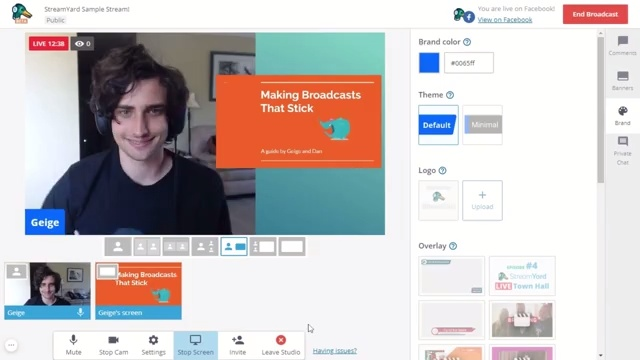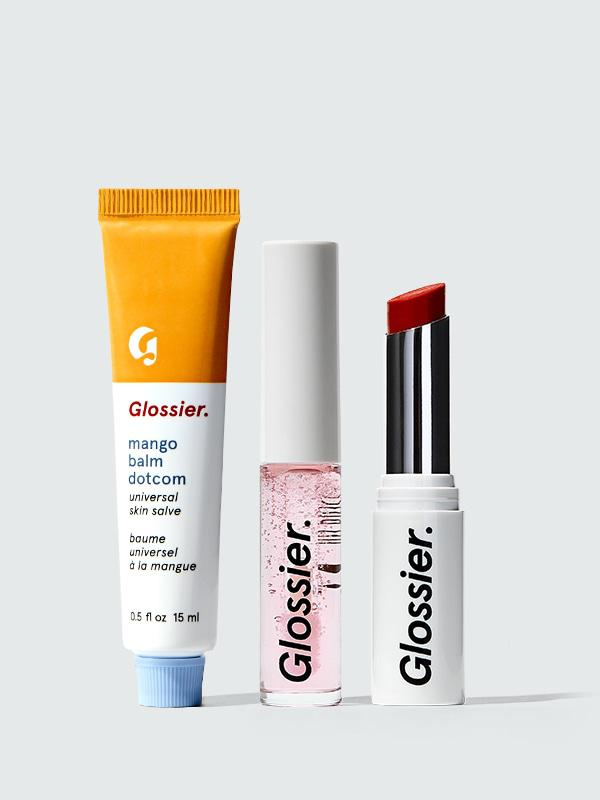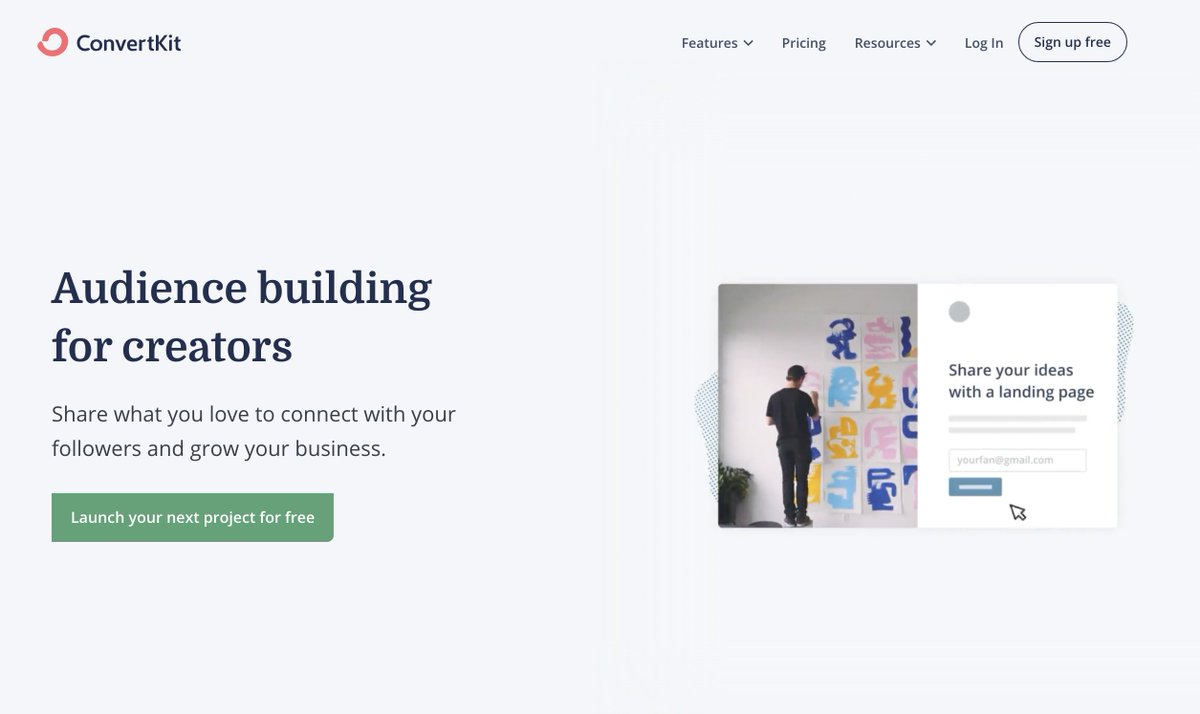
With over $84 million in lifetime sales, @ConvertKit is my biggest product success—but it's far from my first product.
It's easy to share wins, but building in public means sharing the full journey. So here are the 10 products I created before hitting it big with ConvertKit:
⬇️
It's easy to share wins, but building in public means sharing the full journey. So here are the 10 products I created before hitting it big with ConvertKit:
⬇️

1. Shoestring — A budget web hosting company using WordPress multi-user to easily setup websites for people on a shoestring budget. I didn't get any customers, but I learned a lot about WordPress.
Revenue: $0
Revenue: $0
Shop208 — A local social network for the Boise area with business profiles, the ability to follow a business, write reviews, read updates, etc. Built on WordPress & BuddyPress. It got about 200 users, but no meaningful revenue. Marketplaces are hard!
Revenue: $0
Revenue: $0

3. OneMotion — A web app for sign language interpreting agencies. I was hired to build a custom app for $10k, the client got all the rights for their business, I retained the rights to sell to other agencies. I only ever got 1 other client.
Revenue: $300/month
Revenue: $300/month

4. Legend Themes — I took my WP knowledge and started building themes to sell. I wanted to build a similar business to OGs like @bgardner & @adii. I sold two themes, struggled to get traction, and decided that the space was oversaturated (a ridiculous idea in 2009).
Revenue: $70
Revenue: $70

5. OneVoice — My first iOS app, OneVoice was built for kids with non-verbal autism. I started it at a hackathon at the PayPal offices in San Jose, then finished it over the next few months. It was my first real product success!
Revenue: $50,000+ (over 4 years)
Revenue: $50,000+ (over 4 years)

6. Fluent — Eager to continue learning iOS development I built a delayed repetition flashcards app called Fluent. It never really got traction, but I got a lot better at programming.
Revenue: $75
Revenue: $75

7. Commit — As I was getting into writing I made a habit tracking app called Commit. It was the tool I used to stay on track to build a writing streak of over 600 days in a row. I marketed the app and got good coverage in Lifehacker and other publications.
Revenue: $20,000+
Revenue: $20,000+

8. iOS Design Weekly — My very first email newsletter (inspired by Dave Verwer's iOS Dev Weekly). It never made money, but I grew it to just over 1,000 subscribers before pivoting to focus on books.
Revenue: $0
Revenue: $0

9. The App Design Handbook — This is the product that really put me on the map. Through writing, publishing, and launching I learned a ton and found a replicable process for earning a living as a creator. Then sharing my journey publicly built a following.
Revenue: $90,000+
Revenue: $90,000+

10. Designing Web Applications — I immediately turned what I learned from my first book into writing a second. The launch was twice as big and the book continued to sell well.
Revenue: $200,000+
Revenue: $200,000+

11. ConvertKit — There it is! My 11th product ended up being the one that turned into a product used by hundreds of thousands of creators and sending billions of emails per month.
Here's a screenshot of an early homepage.
Revenue: $84 million
Here's a screenshot of an early homepage.
Revenue: $84 million

Even being my 11th product ConvertKit didn't take off right away. It took two years before we crossed $2,000 in MRR.
I kept making products (Authority, Photoshop for Web Design, etc) to pay the bills and finance development while slowly working to get traction.
I kept making products (Authority, Photoshop for Web Design, etc) to pay the bills and finance development while slowly working to get traction.
It's okay if your first product flops. Earning a living online is a combination of a thousand little skills that take time to learn.
The only thing you can control is to create every day for a long time. Stay consistent, keep learning, and you'll eventually win.
The only thing you can control is to create every day for a long time. Stay consistent, keep learning, and you'll eventually win.
• • •
Missing some Tweet in this thread? You can try to
force a refresh















